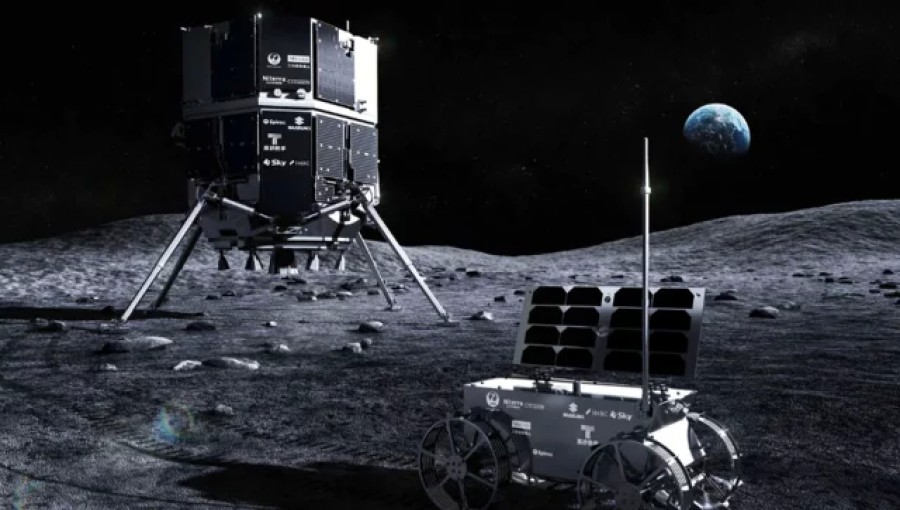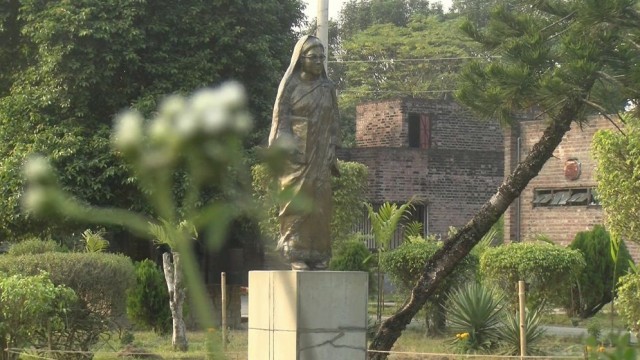A groundbreaking initiative has been launched to safeguard human language and culture on the moon, Earth's only natural satellite located millions of kilometers away. Spearheaded by the Japanese lunar exploration company iSpace in collaboration with the United Nations Educational, Scientific and Cultural Organization (UNESCO), this ambitious project aims to ensure the preservation of linguistic diversity and cultural heritage beyond the confines of Earth.
The initiative involves the creation of a "memory disk" containing 275 languages and other cultural artifacts, which will be transported to the lunar surface as part of iSpace's upcoming lunar mission, Hakuto-R Mission-2. This robotic lander mission will serve as a vessel to deliver the memory disk to the moon, where it will be deposited for posterity.
The memory disk, curated by UNESCO, symbolizes a testament to the rich tapestry of human language and culture. By sending these linguistic representations to the moon, the initiative seeks to safeguard the essence of humanity against potential threats to civilization in the future.
In a statement, iSpace.com emphasized UNESCO's commitment to preserving linguistic diversity as a fundamental aspect of human culture. The endeavor to establish a human presence on the lunar surface serves not only as a technological milestone but also as a testament to the enduring legacy of human civilization and heritage.
Through this visionary initiative, humanity takes a historic step towards extending its cultural footprint beyond Earth's boundaries, ensuring that the essence of human language and culture perseveres for generations to come, even amidst the vast expanse of space.































Comment: